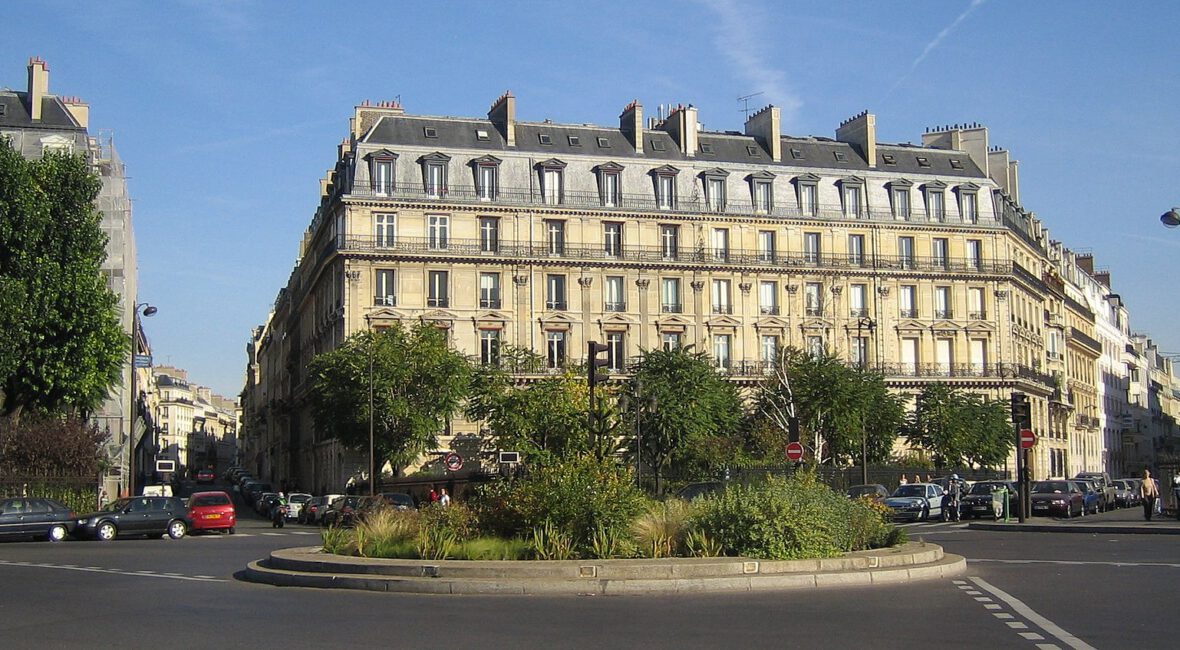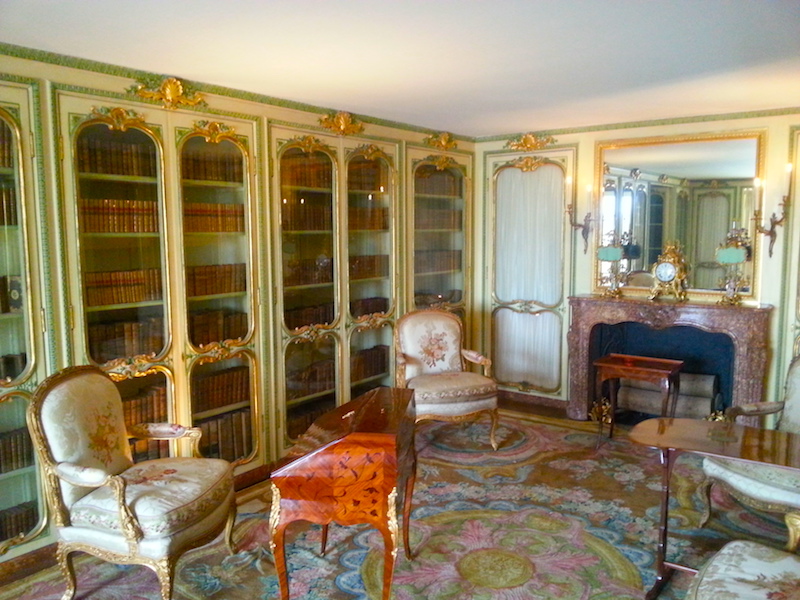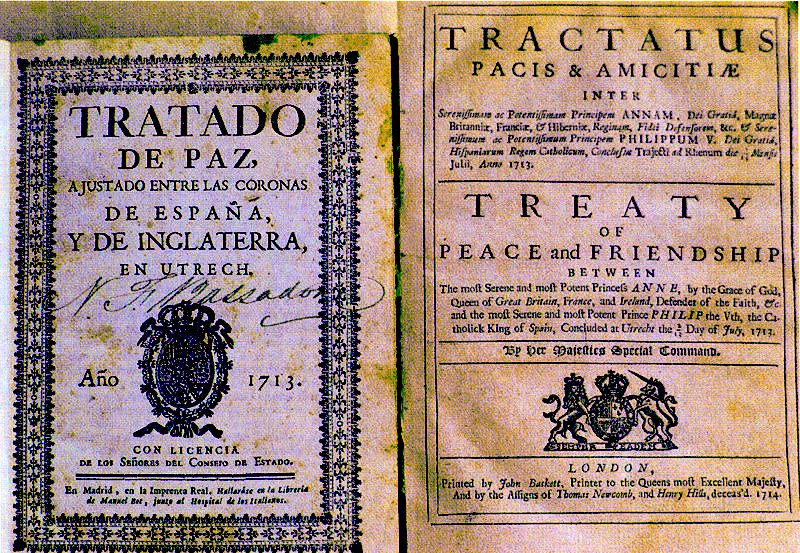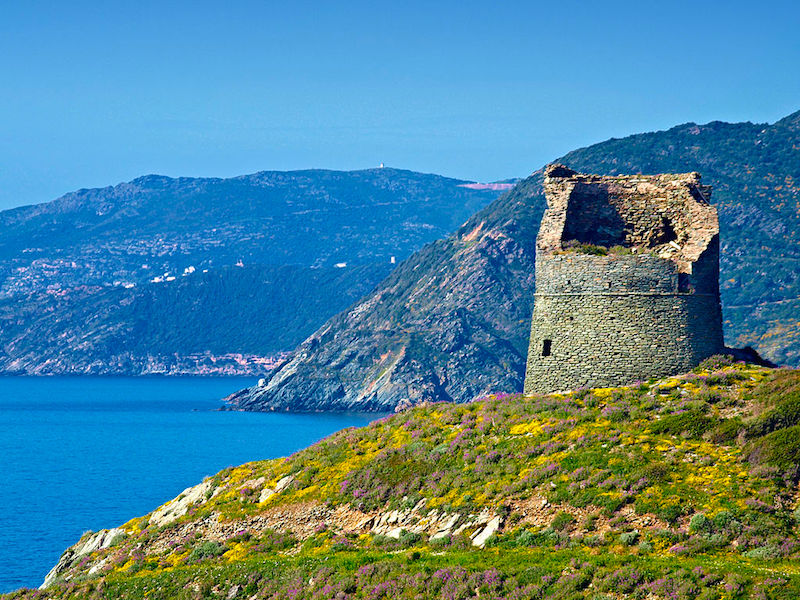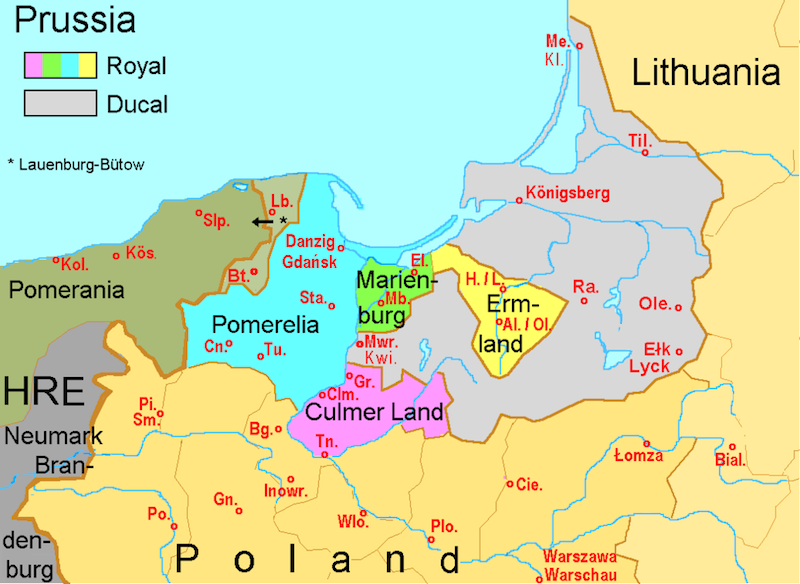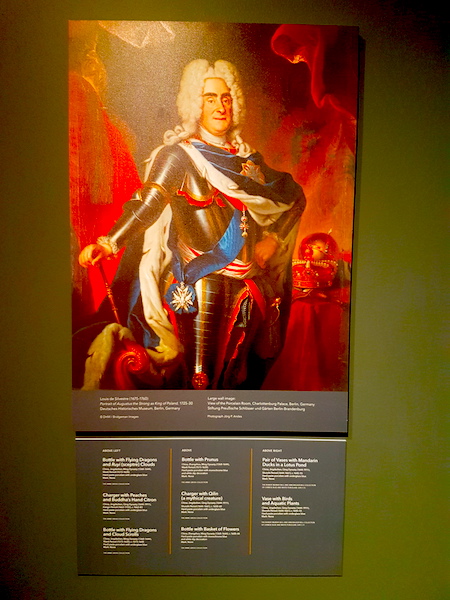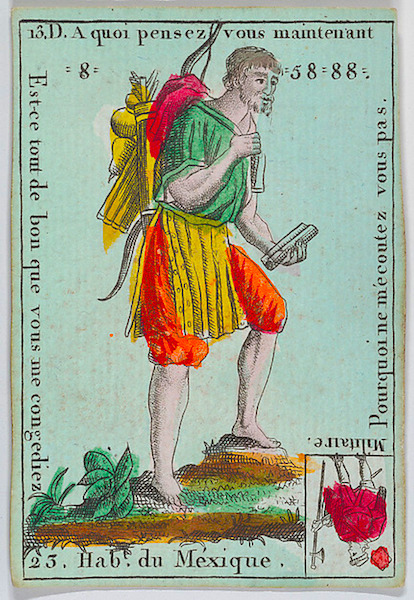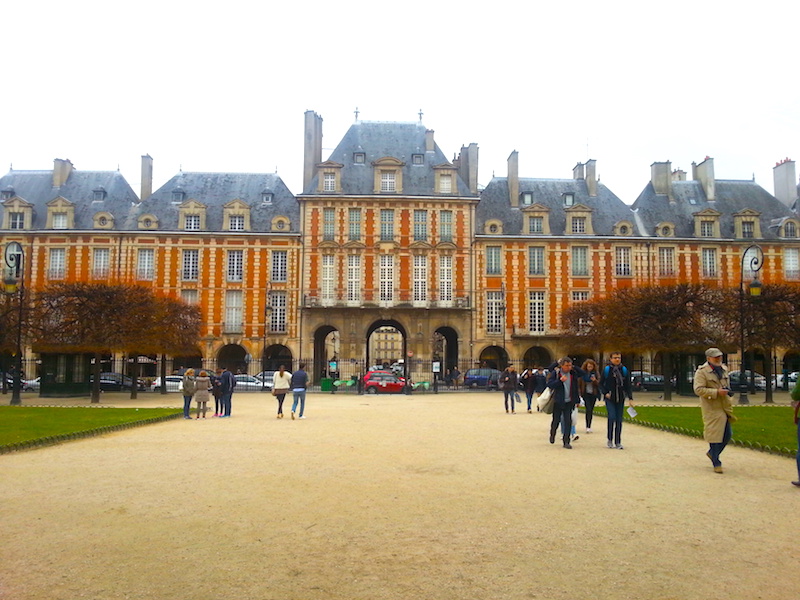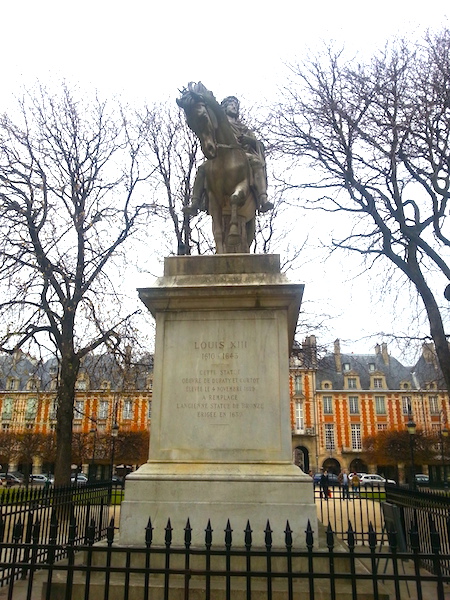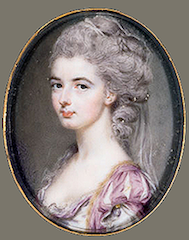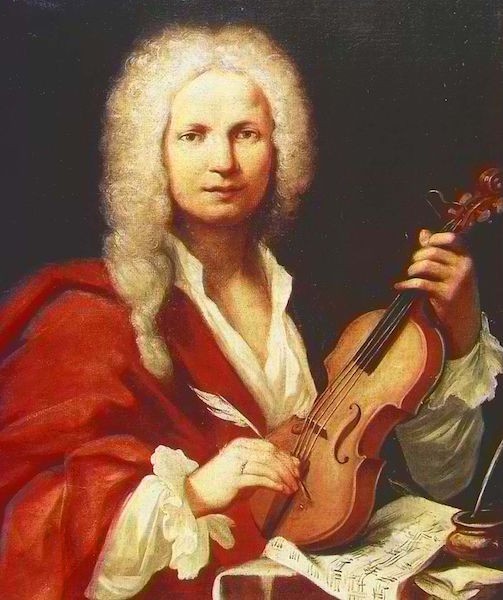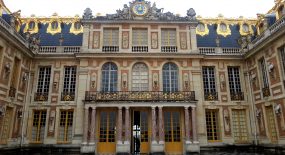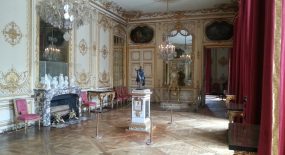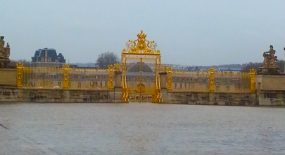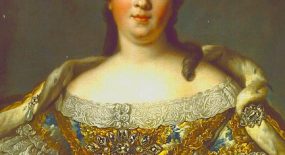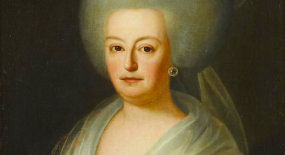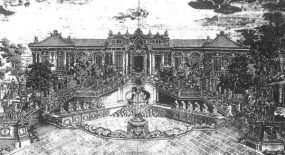Part 2.8 is the conclusion of Chapter 2.
A Childhood at Versailles consists of the first 5 chapters of the memoirs of Mme de Boigne (1781-1866), née Adèle d’Osmond, who was a French salon hostess and writer. She was born in the Château de Versailles and lived at the court of Louis XVI and Marie-Antoinette until her family fled to England during the Revolution. Later in her long life, she married a rich soldier of fortune 30 years her senior, hosted a brilliant salon in Paris, and became an intimate of the last French queen, Marie-Amélie, consort of King Louis Philippe (r. 1830-1848). Childless herself, Mme de Boigne addressed her memoirs to her grandnephew. The memoirs were not published until 1907, under the title Récits d’une tante, or An Aunt’s Tales. They’ve never been published in English, as far as I know, so I’ve decided to translate the first 5 chapters, the ones that take place mainly at Versailles, and post them here on this blog for interested readers to enjoy for free.
The chapters are quite lengthy, so I’ve broken each one into several parts. In Part 2.8, the conclusion of Chapter 2, the author recounts the novel-worthy career of Mme de Victoire’s remarkable lady-in-waiting, Mme de Civrac.
A Childhood at Versailles, Chapter Two, Part 8 (2.8)
I have said that Mme de Civrac was Madame Victoire’s lady in waiting. Her life is a novel.
Mlle Monbadon, the daughter of a Bordeaux notary, had reached the age of twenty-five. She was tall, witty, and, above all, ambitious. Her hand in marriage was sought by a country squire in the neighbourhood whose name was M de Blagnac. He was a member of the bodyguard. This man was poor, quite rustic, and incapable of appreciating her merits, but he wished to share the little fortune that she stood to inherit from her father.
The person who put the marriage forward emphasized M de Blagnac’s birth; he was a member of the house of Durfort. Mlle Monbadon had the genealogical papers brought, and, satisfied by her inspection of them, married M de Blagnac.
Packing a small bag in addition to the portfolio in which she enclosed the genealogical parchments, she set off in a stage coach with her husband, and arrived in Paris. Her first visit was to Chérin; she handed the papers over to him, and asked him to examine them scrupulously. A few days later, she came back to collect them and obtained the assurance that the affiliation of M de Blagnac with the Lorge branch of the house of Durfort was thoroughly established. She had a certificate to that effect delivered to her, and began to have herself called Blagnac de Civrac. She wrote to the old Maréchal de Lorge to ask an interview of him. She very modestly said that she was only passing through Paris, and she believed that her husband had the honour to be related to him. As distant as the connection might be, it was such a great honour and source of happiness that she did not wish to return to her provincial obscurity without having claimed it. If she dared to push her claims as far as being received just once by Mme la Maréchale, her gratitude would be beyond measure.
Continue reading


